

Introduction¶
Blendify is a lightweight Python framework that provides a high-level API for creating and rendering scenes with Blender. Developed with a focus on 3D computer vision visualization, Blendify simplifies access to selected Blender functions and objects.
Key features of Blendify:
Simple interface: Blendify provides a user-friendly interface for performing common visualization tasks without having to dive into the complicated Blender API.
Easy integration: Blendify seamlessly integrates with development scripts, implementing commonly used routines and functions:
native support of point clouds, meshes, and primitives;
support of per-vertex colors and textures;
advanced shadows with shadow catcher objects;
video rendering with smooth camera trajectories;
support for common camera models;
import and export of .blend files for deeper integration with Blender;
per-face definition of materials for meshes;
support for common rotation representations and look-at utility to automatically setup orientation.
Quick start: Blendify is easy to get started with and does not require a standalone Blender installation. All you need to do is run
pip install blendify.Blendify works in Colab: check out our Google Colab demo!
Blendify simplifies interaction with Blender, allowing you to focus on developing your application. The following example shows the simplicity of visualizing with Blendify in comparison to the native Blender API:
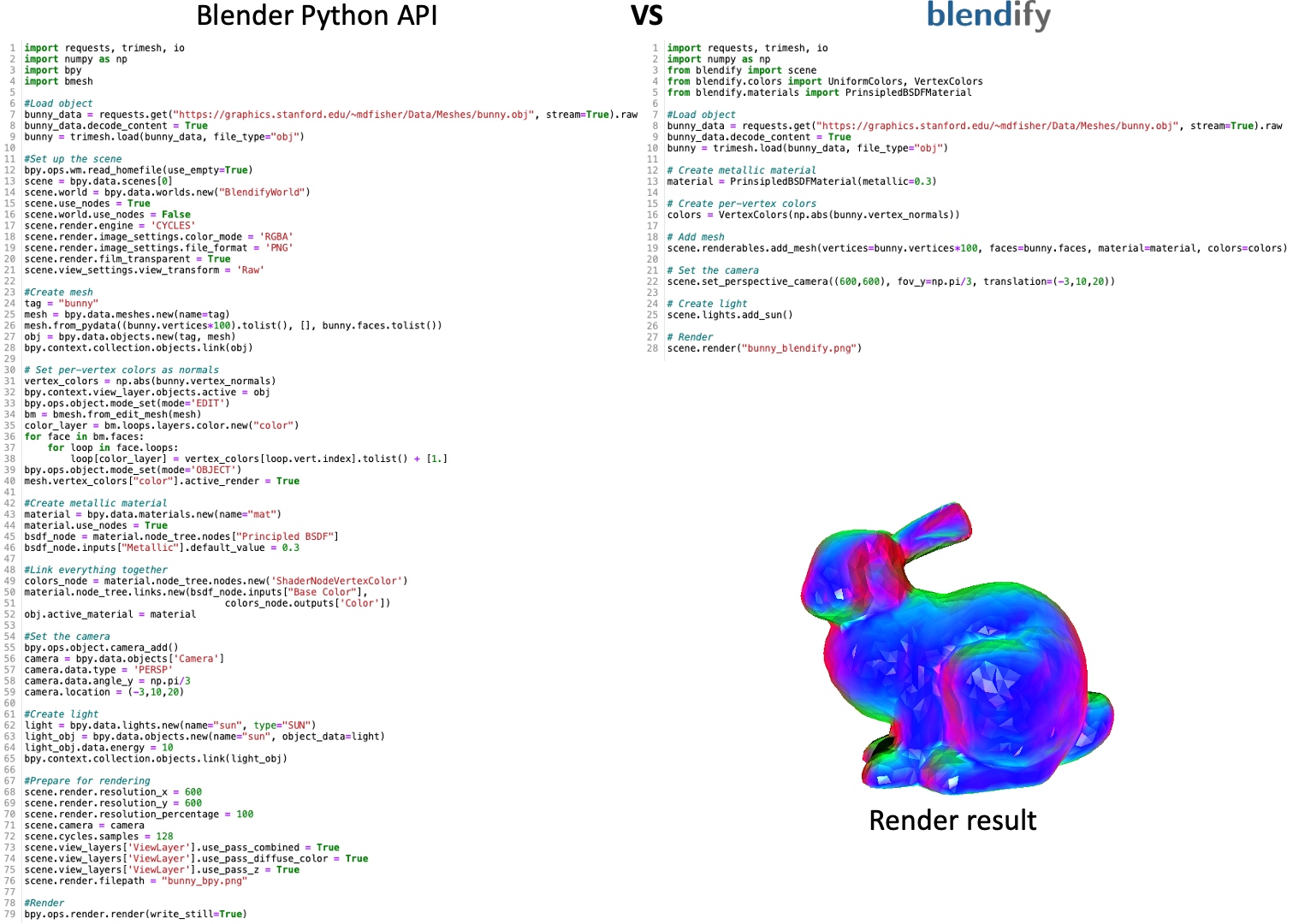
Installation instructions¶
Install from pip (minimal package, no extra dependencies)¶
pip install blendify
Install the full package with optional requirements¶
pip install blendify[all]
The full package includes extra dependencies for utilities, examples and documentation.
Quick Start¶
# Script to render cube
from blendify import scene
from blendify.materials import PrincipledBSDFMaterial
from blendify.colors import UniformColors
# Add light
scene.lights.add_point(strength=1000, translation=(4, -2, 4))
# Add camera
scene.set_perspective_camera((512, 512), fov_x=0.7, rotation=(0.82, 0.42, 0.18, 0.34), translation=(5, -5, 5))
# Create material
material = PrincipledBSDFMaterial()
# Create color
color = UniformColors((0.0, 1.0, 0.0))
# Add cube mesh
scene.renderables.add_cube_mesh(1.0, material, color)
# Render scene
scene.render(filepath="cube.png")
Feature walkthrough¶
Walkthrough of Blendify features with code and commentaries can be found here.
Examples¶
Note: Examples require extra dependencies, make sure to install them with pip install blendify[examples]
Running examples 4 and 5 requires PyTorch, running example 5 also requires SMPL model files, please refer to the installation instructions in SMPL-X README.
| Cornell Box | Color, albedo and depth |
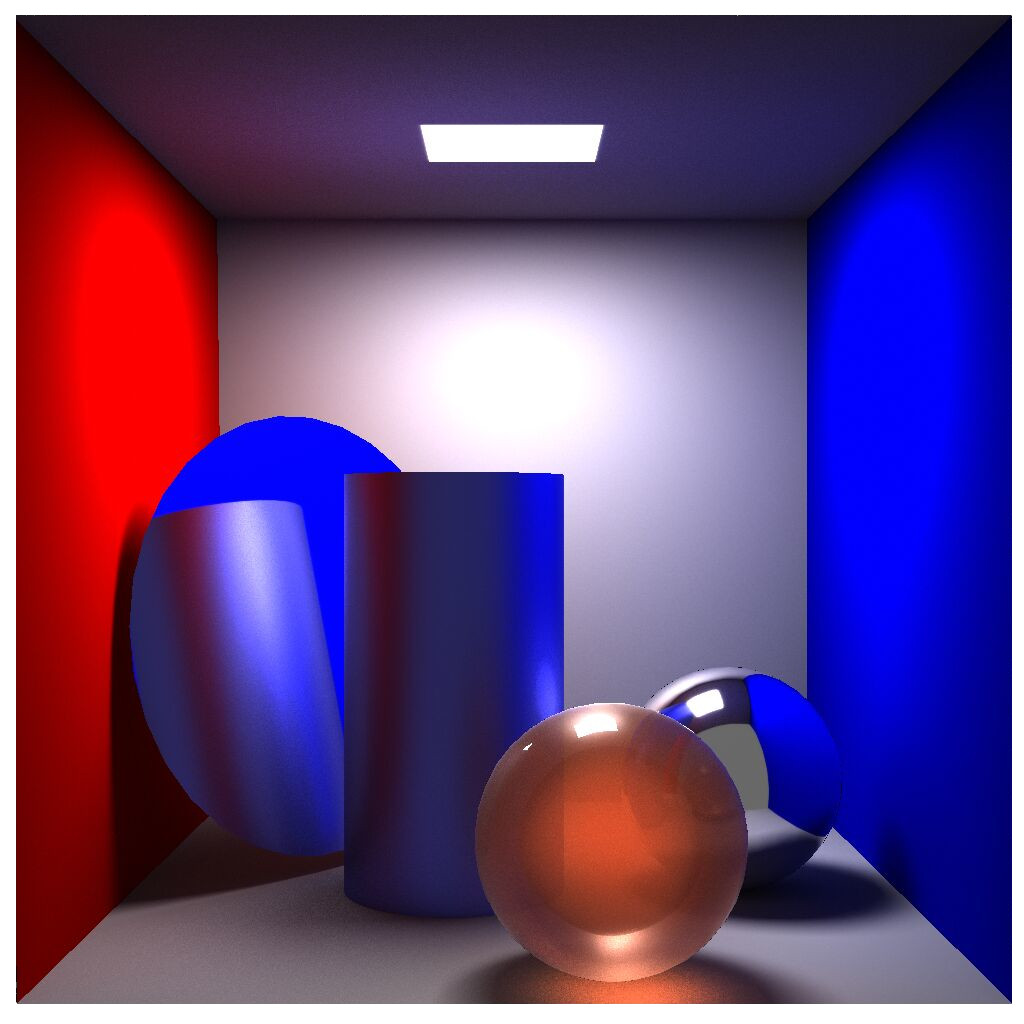 |
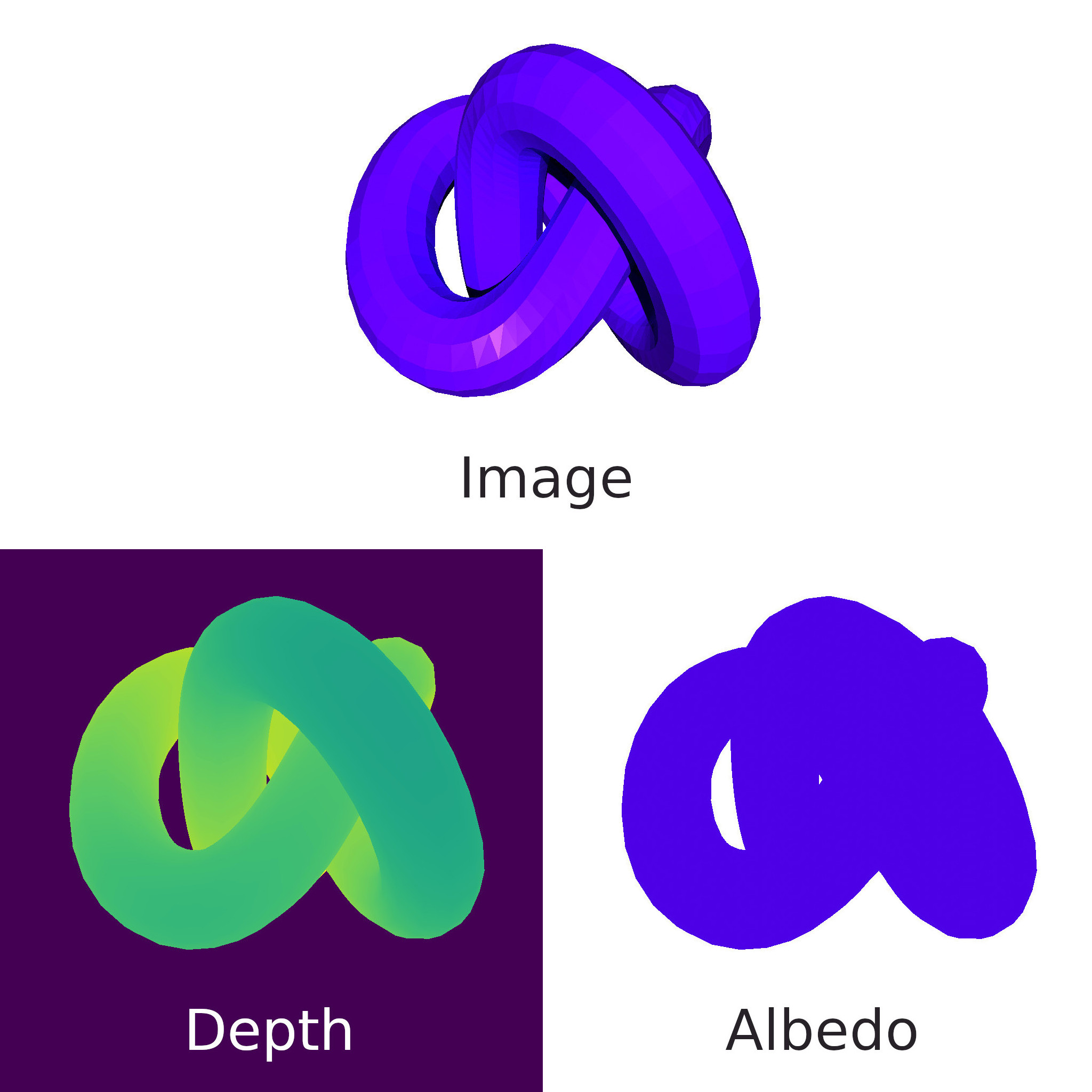 |
| Mesh with texture | Camera colored point cloud |
 |
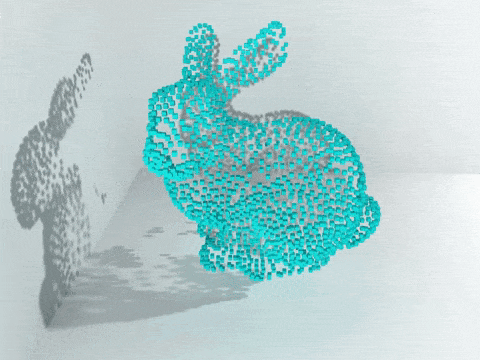 |
| SMPL movement | NURBS trajectory |
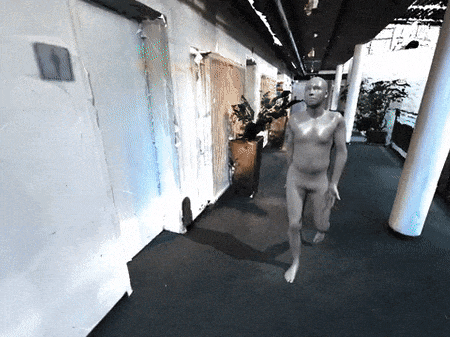 |
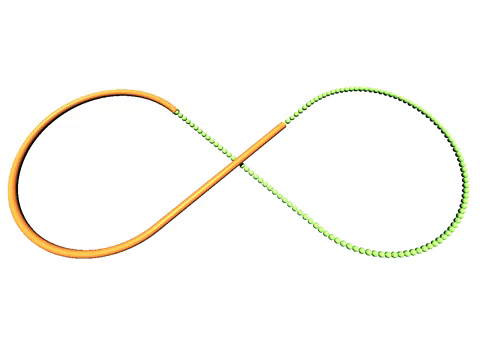 |
| Various materials and shadow catcher | Per-face material |
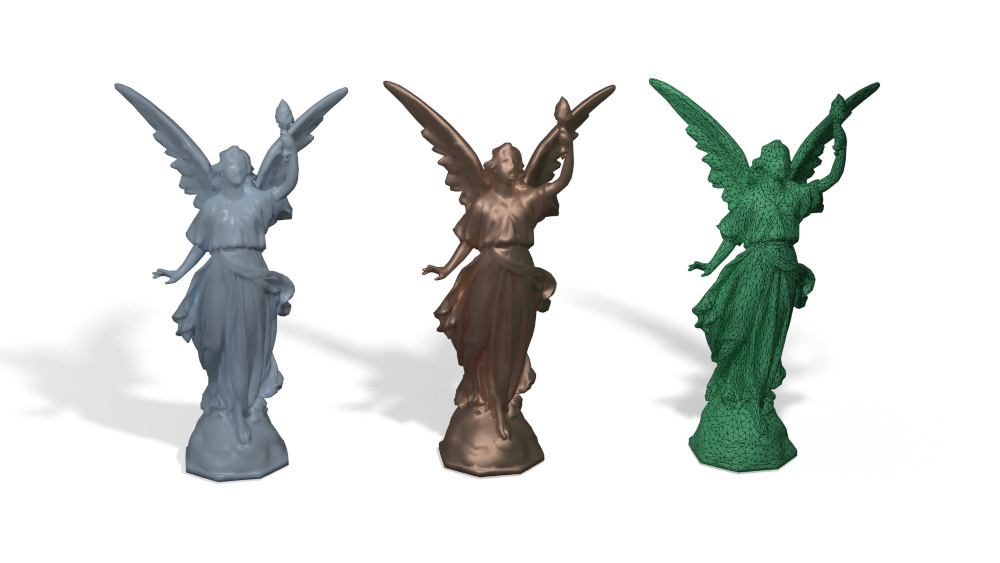 |
 |
Changelog¶
The most recent version of Blendify is 2.0.0. The update introduced some breaking changes that are summarized alongside the overview of the new features in the CHANGELOG file.
Citation¶
If you use Blendify in your research, please cite:
@article{blendify2024,
title={Blendify -- Python rendering framework for Blender},
author={Guzov, Vladimir and Petrov, Ilya A and Pons-Moll, Gerard},
journal={arXiv preprint arXiv:2410.17858},
year={2024}
}
Works that use blendify¶
V. Lazova, E. Insafutdinov, G. Pons-Moll: 360-Degree Textures of People in Clothing from a Single Image in 3DV’19
B.L. Bhatnagar, X. Xie, I. Petrov, C. Sminchisescu, C. Theobalt, G. Pons-Moll: BEHAVE: Dataset and Method for Tracking Human Object Interactions, in CVPR’22
X. Zhang, B.L. Bhatnagar, V. Guzov, S. Starke, G. Pons-Moll: COUCH: Towards Controllable Human-Chair Interactions, in ECCV’22
G. Tiwari, D. Antic, J. E. Lenssen, N. Sarafianos, T. Tung, G. Pons-Moll: Pose-NDF: Modeling Human Pose Manifolds with Neural Distance Fields, in ECCV’22
I. Petrov, R. Marin, J. Chibane, G. Pons-Moll: Object pop-up: Can we infer 3D objects and their poses from human interactions alone?, in CVPR’23
Contributors¶
Blendify is written and maintained by Vladimir Guzov and Ilya Petrov.
Acknowledgments¶
We thank Verica Lazova for providing her Blender rendering scripts, István Sarandi for his suggestions and help in implementing new features, and Riccardo Marin for his helpful suggestions and feedback. Our code for processing point clouds is mostly based on the amazing Blender-Photogrammetry-Importer addon.
Documentation¶
Blendify uses Sphinx to build documentation. The following commands can be used to generate documentation locally:
# Optional: updates rst files if new modules are added. However, it may need manual correction.
# sphinx-apidoc -F -o _docs blendify
# Build documentation
sphinx-autobuild docs docs/_build/html
License¶
The code is released under the GNU General Public License v3.
The Python logo is trademark of Python Software Foundation. The Blender logo is a registered property of Blender Foundation. Blender-Photogrammetry-Importer is distributed under the MIT License. Blender is released under the GNU General Public License v3.